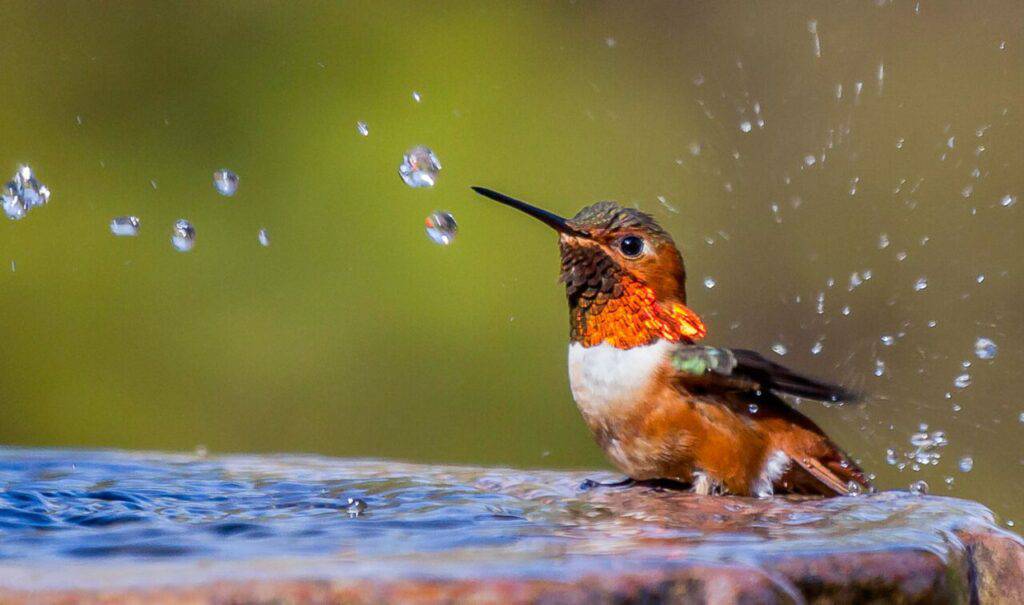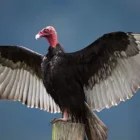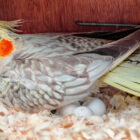Why does polydipsia occur in birds?

Polydipsia, an increase in thirst leading to excessive drinking in birds, can be an indicator of various underlying health issues or environmental factors. Scientific literature might exist on the subject, yet specific extensive studies purely on polydipsia in birds might be limited.
Environmental Stressors
The environment in which birds live profoundly influences their water requirements. Birds residing in arid or hot climates, for instance, face greater challenges in maintaining hydration due to increased evaporation and heat stress. Polydipsia in these conditions becomes a survival strategy, allowing birds to cool down through evaporative cooling and replace fluids lost to the environment.
Birds kept in captivity or as pets may exhibit polydipsia influenced by their living conditions. Factors such as diet, temperature, and the availability of water sources can impact a bird’s drinking behavior. Responsible care involves providing an environment that meets the natural needs of the bird, including access to fresh and clean water.
Dietary Factors
The diet of birds plays a crucial role in their water balance. Unlike mammals, birds lack sweat glands, and thus, they do not lose water through perspiration. However, their dietary choices can influence their hydration needs. Birds that consume dry or high-energy foods may experience increased polydipsia to compensate for the limited water content in their diet.
Birds exhibit remarkable physiological adaptations to diverse environments. Some species have developed specialized mechanisms to cope with water scarcity, such as highly efficient kidneys that concentrate urine to conserve water. However, these adaptations may also lead to increased thirst. Polydipsia, in this context, represents an intricate interplay between evolutionary adaptations and the need for water balance in different avian species.
Infections and Health Conditions
Various infections or underlying health conditions, such as diabetes, hormonal imbalances, or certain diseases affecting the digestive system, might lead to increased water consumption in birds.
Polydipsia has been listed as a symptom of many diseases, including:
- Nephrogenic diabetes insipidus
- Diabetes insipidus
- Diabetes mellitus
- Renal glucosuria
- Vitamin A deficiency
- Liver disease
- Renal disease
- Hypercalcemia
- Hypervitaminosis D3
- Elevated dietary sodium
- Excess dietary protein
- Excess fruit consumption
Behavioral Triggers
Stress and illness can also contribute to polydipsia in birds. Environmental stressors, changes in routine, or the presence of pathogens can affect a bird’s physiological state, leading to alterations in water consumption. Understanding these factors is crucial for bird caretakers and conservationists, as changes in water intake may serve as early indicators of underlying health issues.
The reproductive cycle in birds involves significant metabolic and hormonal changes. During breeding seasons, female birds may experience hormonal fluctuations that influence their water balance. The production of eggs and the demands of incubation can lead to increased metabolic rates, prompting polydipsia as a means for females to meet the heightened water requirements associated with reproduction.
Diagnostic Significance and Management
Polydipsia serves as an important clinical sign. Avian health experts recommend a thorough avian health examination by a qualified veterinarian to identify underlying health issues causing excessive thirst. Diagnostic tests, including blood work and urinalysis, can help in determining the cause of polydipsia.










